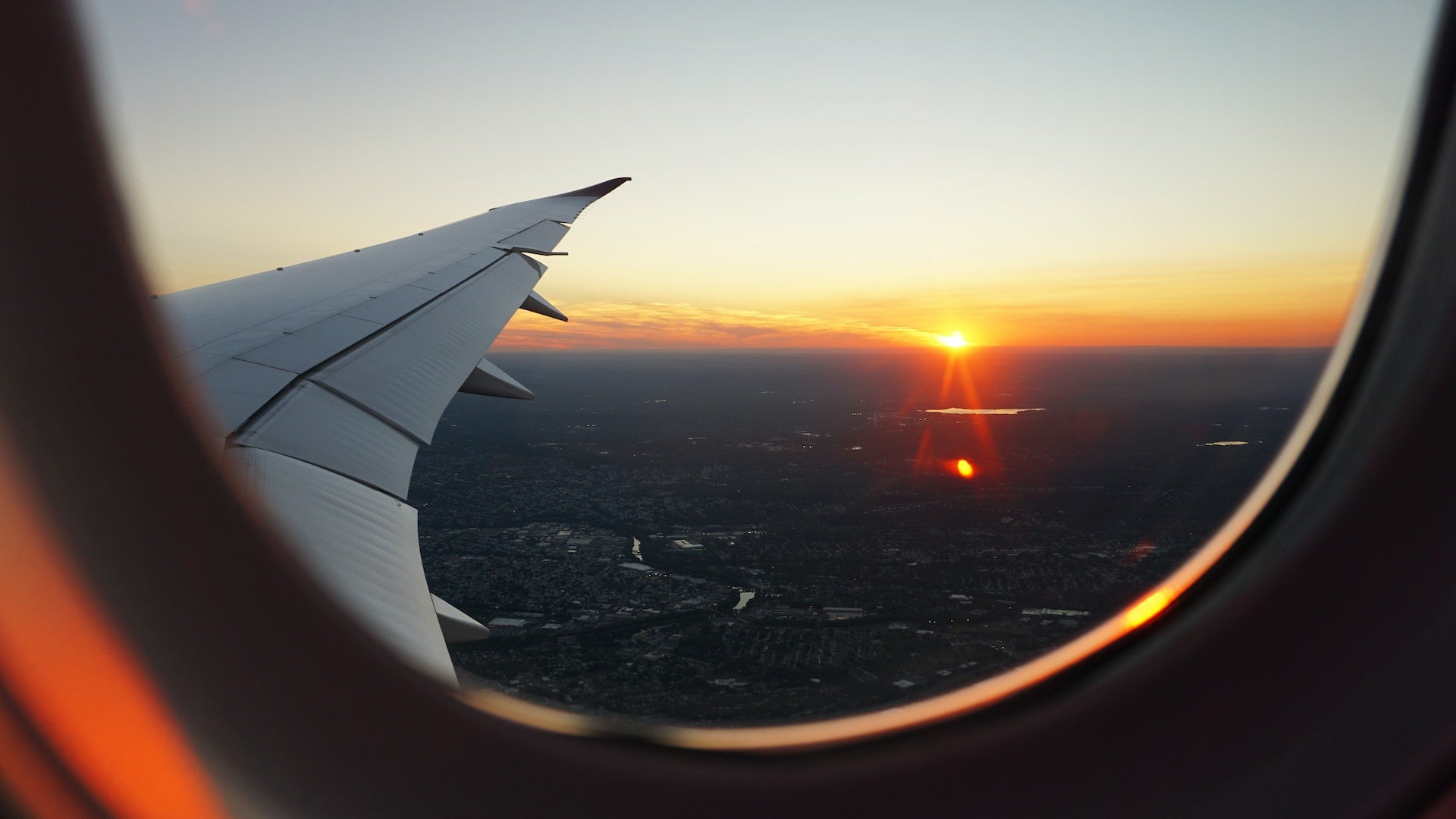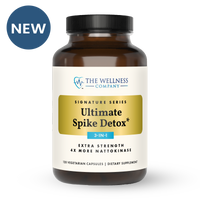Time Traveler's Toolkit: The Science of Jet Lag and Strategies to Combat It

Jet lag, the dissonance between our body’s internal clock and a new time zone, can often disrupt the joy of summer travel. In today’s article, we’ll explore the science of jet lag and offer you tools to minimize its impact.
Before we give you a practical game plan to combat jet lag, it's critical to understand the basic physiology behind it. Central to our body's daily rhythms is a critical clump of brain cells called the Suprachiasmatic Nucleus (SCN). Think of this brain center as our internal timekeeper, synchronizing our body's rhythms with the cycles of day and night. This finely tuned system, consisting of about 20,000 “clock” cells, relies heavily on light signals to direct the traffic of our physiology. When we stay in place for long periods of time, our SCN gets into a comfortable routine. It signals the release of molecules like cortisol and adrenaline at roughly the same time each morning to wake us up, and it signals the release of melatonin at roughly the same time each night to initiate sleep. But when we journey across time zones, this synchrony gets disrupted, and our SCN has to play catch up. This is the basic physiology behind the phenomenon we know as jet lag.
Strategy 1: Train Your SCN Before Your Trip
Let’s say you’re travelling from the East Coast (EST) to the West Coast (PST), and you really need to be sharp upon arrival. If you’re committed to getting a head start on this adjustment, one great option is to shift your routines a few days before departure to mirror the timezone of your destination. If practically possible, for example, you could force yourself to stay up until midnight EST (9 pm PST), and sleep in until 8 or 9 am (5 or 6 PST). This gives your internal clock a brief preview of what’s to come, and will significantly ease the transition.
Strategy 2: Harness Natural Light
Light is a central variable in the sleep-wake equation. Upon arrival, maximizing your exposure to natural light during the daytime—from the soft glow of dawn to the gentle hues of dusk— helps your SCN get with the program more quickly. By inundating the SCN with as much light as possible, it gathers more and more data, aiding in a faster adjustment. This is the single most effective way to get your brain and body up to speed. Maximize light exposure, from sunset to sundown.
Strategy 3: Create an Ideal Sleep Environment
As essential as it is to soak up the sun during the day, it's equally crucial to engineer an environment of total darkness at night (assuming you’re not out enjoying the nightlife!). If your goal is efficient and restful sleep, contriving a dimly lit, or better yet, pitch-black environment, signals to the SCN that it's time to wind down, which will help it send out sleep-inducing hormones and neurochemicals in a prompt fashion. Draw the blackout curtains if you have them. Cover or unplug the LED lights emanating from various electronics around the room. Ditch the phone at least an hour before bedtime. If all else fails, use a sleep mask. Maintaining a clear distinction between day and night will greatly aid in recalibrating your body’s internal rhythm.
Strategy 4: Move!
While it’s the last thing you’ll feel like doing when jet lag has you in its grasp, movement can be a potent remedy for the drowsiness and inertia that air travel often brings. Whether it's a swim in the hotel pool, a rejuvenating yoga session, a vigorous run, or an easy walk, physical activity stimulates blood circulation, enhances mood, and invigorates the body. It’ll even help you get to sleep at the end of the day. While the fatigue from jet lag often makes it hard to get started, if you can force yourself to stay active, you’ll surely thank yourself later. Integrating exercise into a post-travel routine can be a game-changer.
Strategy 5: Smart Supplementation
While the behavioral tactics mentioned above are paramount, if you find yourself lying awake at night counting sheep, consider TWC’s Restful Sleep Formula, a natural supplement packed with scientifically validated ingredients that have been shown to improve both sleep quality and quantity. Unlike synthetic sleeping pills, Restful Sleep doesn’t just knock you unconscious; it fosters the optimal physiological conditions for genuinely rejuvenating, natural sleep.
The Bottom Line
Let’s be real: while these strategies offer a solid defense against jet lag, if you're hopping to the opposite end of the globe, a certain degree of jet lag is inevitable. If you’re travelling more than a few hours away, cut yourself some slack, and rest assured that in due course, your body and brain will adjust.
Jet lag might be an unavoidable travel companion, but with a blend of knowledge and proactive measures, its impact can be softened. May your SCN swiftly find its rhythm wherever you roam. Safe travels!














